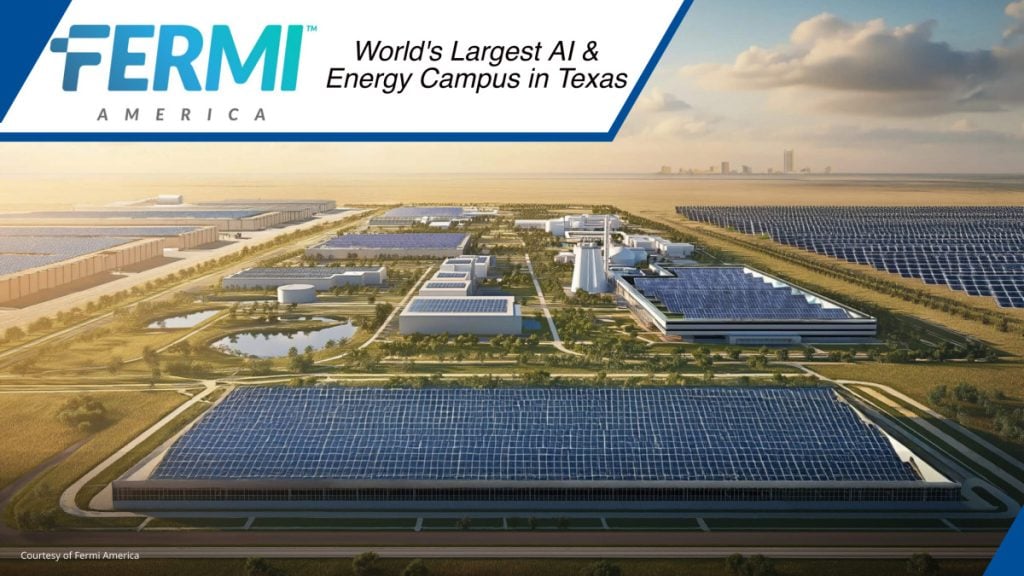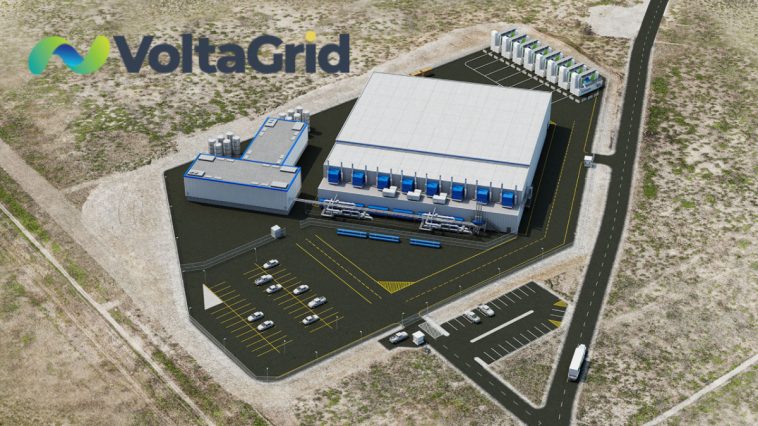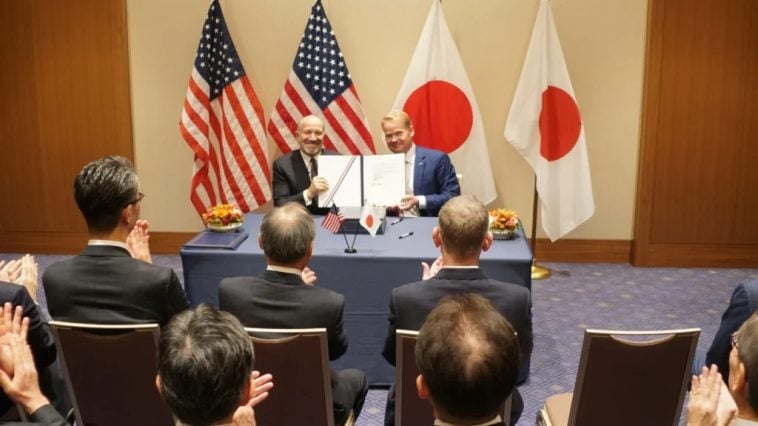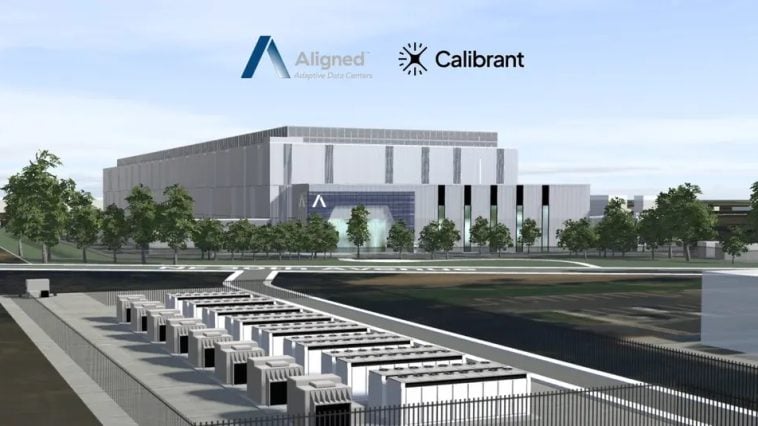Fermi America, a Texas-based energy technology firm co-founded by former U.S. Energy Secretary and Texas Governor Rick Perry, announced plans to build what it claims will be the world’s largest advanced energy and artificial intelligence campus, starting on the 4th of July. The development, known as the Advanced Energy and Intelligence Campus, will be located just outside Amarillo and is expected to deliver up to 11 gigawatts of electricity through a combination of nuclear, solar, natural gas, and battery storage systems.
Spanning nearly 5,800 acres, the project is a collaboration with the Texas Tech University System and aims to integrate energy infrastructure with large-scale AI data centers covering 18 million square feet. According to the company, the project – dubbed HyperGrid – will serve as a first-of-its-kind, behind-the-meter energy campus designed to provide highly redundant power specifically to support AI computing needs.
Officials said the strategic location near the Department of Energy’s Pantex Plant, major gas pipelines, and a large natural gas field strengthens the project’s potential to deliver firm, clean, and scalable energy to power next-generation AI. While Fermi has not disclosed the total investment cost or financing structure, it expects to bring its first gigawatt of capacity online by the end of 2026.
Rick Perry emphasized that the initiative responds to mounting global competition in nuclear energy development, highlighting that China is currently constructing 22 nuclear reactors while the U.S. has none under active construction. He noted that recent executive orders from President Donald Trump aim to fast-track nuclear reactor approvals and have positioned AI data centers and their power sources as critical defense infrastructure. In Perry’s view, the U.S. needs to act decisively to maintain leadership in both energy and technology, and he believes Texas, with its rich resources and energy expertise, is uniquely suited to meet this challenge.
Leaders from Texas Tech University also see the project as a transformational opportunity for the region and the institution. Chancellor Tedd L. Mitchell said the partnership reflects the enduring commitment of the Texas Tech University System to serve the Panhandle and expand its role in shaping the state’s energy and technology future. University President Lawrence Schovanec added that the campus will offer significant academic and workforce development benefits, including hands-on training programs, interdisciplinary research, and expanded opportunities for students across the system’s five institutions.
Although the site is situated near the Pantex nuclear weapons facility, officials did not confirm whether on-site nuclear reactors would be part of the development. However, reports indicate that Fermi America has submitted applications to the Nuclear Regulatory Commission for four 1-gigawatt reactors. The NRC has stated it is reviewing Fermi’s filings, which are expected to become public soon. Fermi claims the campus will feature the largest nuclear complex in the U.S., but has not specified a final completion date. Historically, U.S. nuclear projects have faced significant delays and cost overruns, as seen in Georgia’s Vogtle reactors, which surpassed $30 billion in total costs.
Environmental concerns surrounding large-scale AI campuses are likely to draw attention as development advances. Though officials have not released projected water or electricity usage, comparisons with similar projects suggest substantial consumption. Still, Texas Tech and Fermi America argue that the HyperGrid campus represents a strategic and forward-looking investment. In addition to boosting U.S. competitiveness in AI and clean energy.














